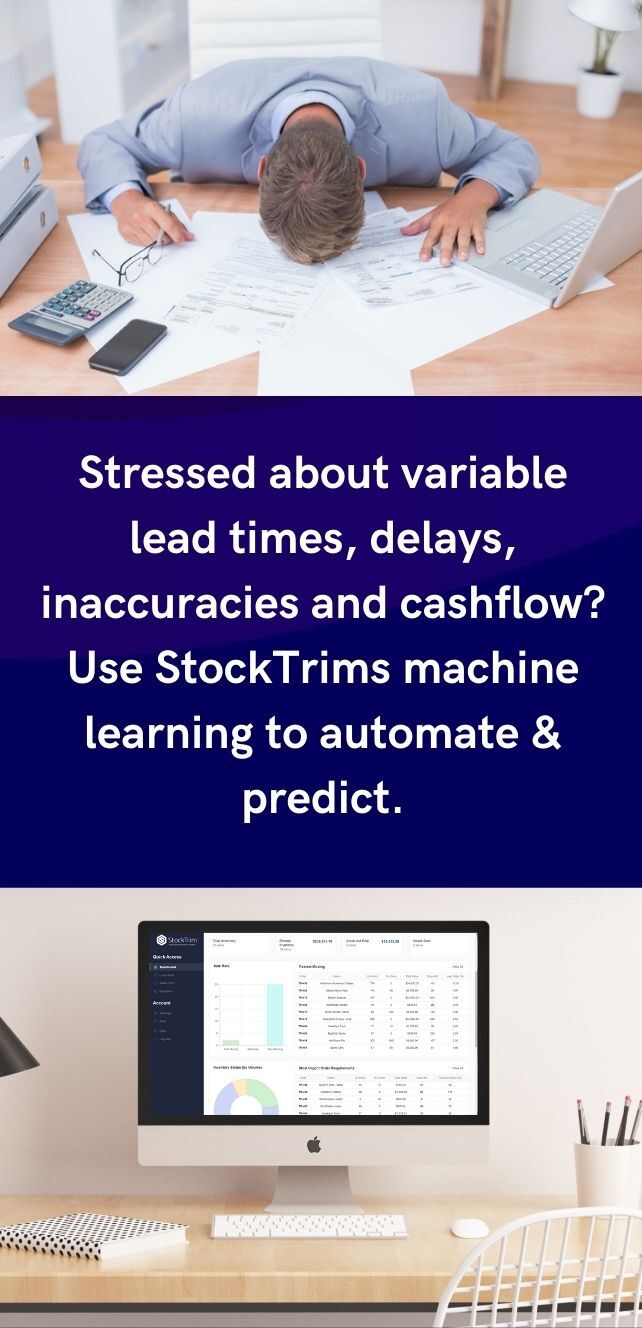With artificial intelligence having a massive rise in popular culture over the past couple of years, conjuring up sci-fi images of intelligent robots taking over the world, cars that drive themselves, speculation that all our jobs will be made redundant, and so on, one question is – what can artificial intelligence really do, and can businesses actually use this technology today?
The answer is an emphatic yes and in this post, I’ll explain how machine learning, a subset of AI, can be advantageous in inventory management for retailers and manufacturers, especially in the SME area.
What can it do?
In the broadest definition – machine learning is the practice of programming computers to program themselves. This results in software that learns and reconfigures itself as new data is continually introduced, automating tasks that normally require human intelligence.
In some forms, this technology has been in use for several decades, but only in recent years has it become mainstream due to the ability of cloud or ‘online’ platforms that make computing power available to the masses for affordable prices.
Even in small operations, inventory management has significant challenges – it’s hard to predict how much stock you’ll need at certain times, and it’s very common to accidentally order too much, wasting capital, or be cut short going out of stock when you need it most. It’s even more difficult when you have hundreds or thousands of SKUs, each with different lead times and demand patterns.
Manual efforts of forecasting demand to plan your order quantities start to falter the more comprehensive your operation. An excel spreadsheet, or a non-intelligent order planning system just won’t cut it – it won’t be able to respond in time to changing market trends or lead times.
To accurately plan your orders, you must start with an accurate demand forecast, and the most accurate ones require selecting the correct demand model, for every single SKU. Is your demand flat? Is it increasing or decreasing (and if so, at what rate)? Does it depend on external factors, for example, the weather, seasonality, or the introduction or removal of other products from the market? How much sales history is needed to make a good prediction – several years, or is the last several months a better indicator?
All of these factors, and many more, need to be considered when selecting a demand model. A machine learning algorithm is capable of optimizing the demand model for every single SKU, which to do manually would be practically impossible. Within only a few minutes of calculations the AI can automatically test out different scenarios and think ahead to find the best model, like a chess game playing in real time. Moreover, as new data is introduced, it can compare previously calculated forecasts with the actual demand, to see which model is the most accurate.
Once an accurate forecast is made, it’s then a matter of setting your buffer stock (detailed in another post), then simply subtracting your existing on-hand and on-order amounts, to calculate your order plan. Good machine learning software will also have a user-friendly interface to show you this report.
What can’t it do?
While it’s great for automating many tasks and can instantly discover many insights that would take a person a long time, it can’t serve as a replacement for human intuition.
AI is only ever as good as the data that is fed into the algorithm so if your data is inaccurate then the predictions will be also. There are often things that an inventory manager would know about future events that won’t exist in the data, so in these cases the forecasts will need to be adjusted by the person responsible.
So I don’t see it replacing jobs in the immediate future, it will definitely free up time and allow smart operations and inventory managers to show more of their own creativity and smarts, instead of being consumed with the technical day-to-day busy work. It will make your business leaner, more efficient, and overall more competitive.


